Commercial Wildfire Mitigations:
The Future of Property Protection
Why Commercial Wildfire Mitigation Matters More Than Ever
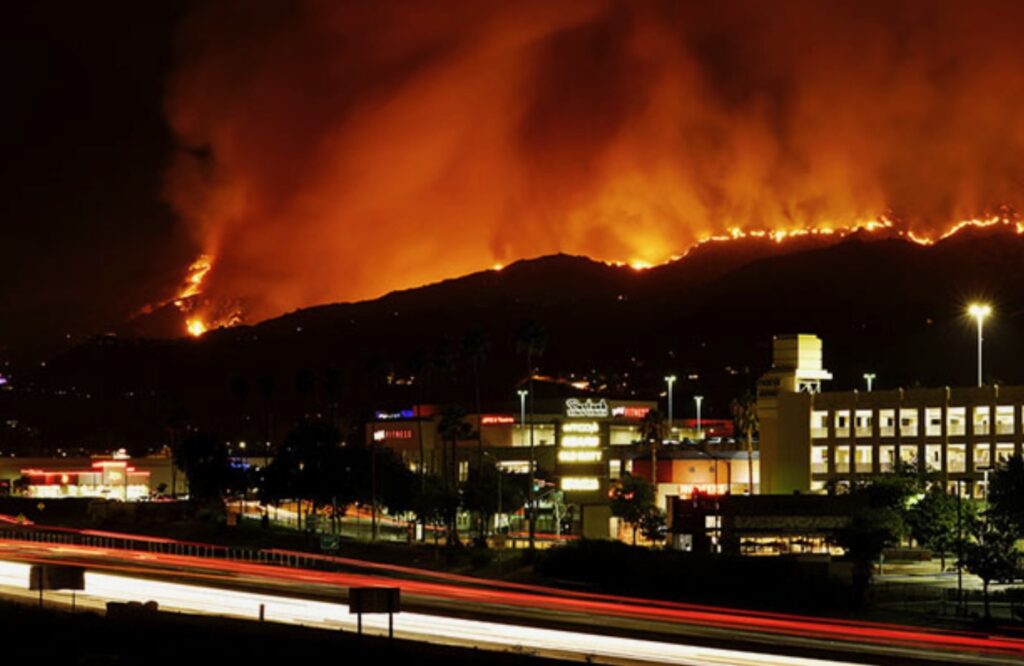
As discussed in our blog on wildfire defense systems, Wildfire threats are no longer seasonal or rare—they’re constant and intensifying. For buildings located in the Wildland-Urban Interface (WUI), commercial wildfire mitigation isn’t optional. It’s a regulatory requirement, an insurance necessity, and a long-term investment in your property’s survival.
How the Codes Are Driving Change
Regulations have shifted rapidly. Agencies like the NFPA, California Building Code, IWUIC, and ICC are establishing new standards that make commercial wildfire mitigation a core part of construction, renovation, and property maintenance.
These Fire Safety Codes Now Apply:
- NFPA 1140: National guidelines for wildfire protection strategies
- IWUIC: International code for structures in wildfire zones
- CBC Chapter 7A: California’s WUI fire safety requirements
- ICC 605 (Emerging): A uniform wildfire mitigation standard for commercial properties
Failure to meet these codes can result in denied permits, stalled sales, insurance cancellations, and significant financial exposure.
What’s Changed in 2025?
1. Insurers Require Proof of Wildfire Protection
Insurance carriers increasingly demand commercial wildfire mitigation documentation. This includes:
- Class A fire-rated roofs
- Ember-resistant attic and foundation vents
- Hardened siding and exterior walls
- Clearly maintained defensible space
Properties that can’t prove compliance face denial of coverage or forced enrollment in high-cost risk pools like California’s FAIR Plan.
2. Investors Are Doing Due Diligence
Buyers and investors are flagging non-compliant properties during inspections. Lack of wildfire mitigation can reduce appraisals, delay closings, or result in escrow holdbacks.
3. Permits Require WUI Compliance
New developments, major remodels, and even accessory structures in WUI zones must follow wildfire codes. Jurisdictions now review:
- Site and slope risk
- Fire behavior modeling
- Approved materials
- Access roads and emergency plans
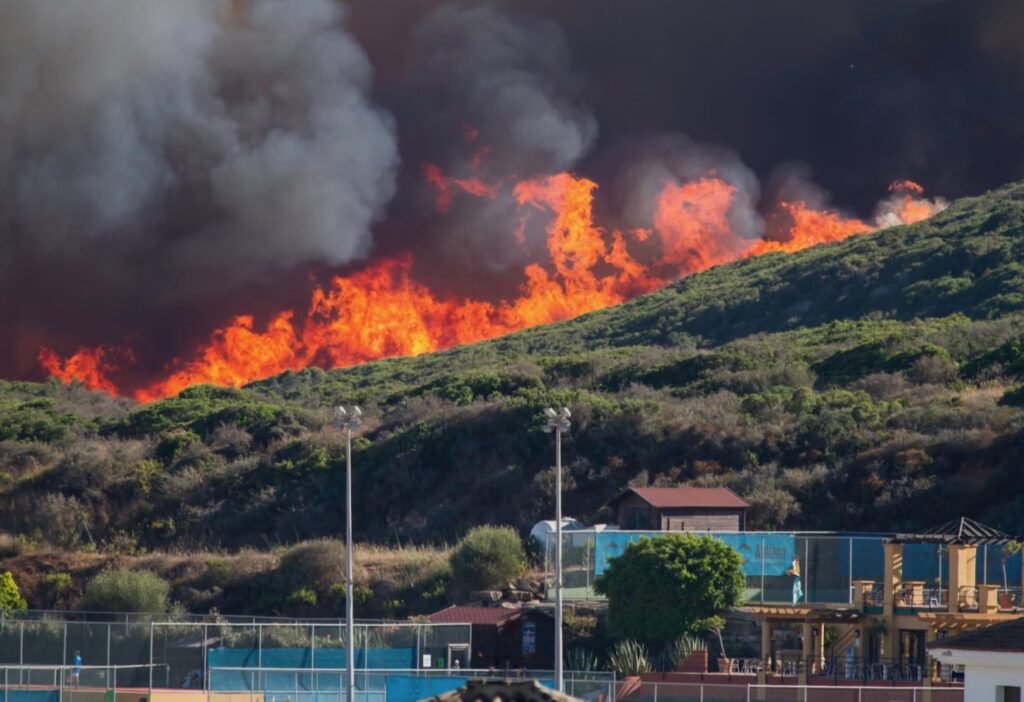
What Commercial Wildfire Mitigation Entails
To meet today’s standards, property owners need to address every layer of fire risk:
1. Wildland-Urban Interface (WUI) Assessment
- Identify if your building falls in a designated wildfire hazard zone
- Confirm local requirements for mitigation measures
2. Emergency Access and Fire Flow
- Provide access roads that meet minimum width and load standards
- Maintain visible address signage and hydrant or tank water sources
3. Defensible Space Zones
- 0–5 ft: Zone 0 must be completely non-combustible
- 5–30 ft: Vegetation must be low-flame, low-density, and well-maintained
- 30–100 ft: Trees thinned, branches raised, ladder fuels eliminated
4. Fire-Resistant Construction Materials
- Roofs: Class A rated
- Vents: Ember-resistant mesh
- Siding: Ignition-resistant or non-combustible
- Windows: Dual-pane with at least one tempered layer
- Decks & balconies: Approved material with enclosed undersides
5. Equipment & Utilities
- Propane tanks, generators, and AC units must have clear, non-combustible buffers
6. Evacuation & Emergency Readiness
- Signage, resident education, and fire drills are often required
- Coordination with local fire departments boosts both safety and compliance
How to Start a Commercial Wildfire Mitigation Plan
🔍 Step 1 — Get a Wildfire Assessment
Hire certified professionals who specialize in WUI zones and commercial wildfire mitigation. A detailed inspection will assess vulnerabilities and compliance gaps.
🔍 Step 2 — Build a Code-Compliant Strategy
Mitigation plans must go beyond landscape cleanup. A complete wildfire action plan include:
- Site hardening recommendations
- Material replacements
- Access improvements
- Documentation templates and checklists
🔍 Step 3 — Train Your Property Staff
Maintenance crews are your first line of defense. Train them to:
- Keep gutters and vents clean
- Trim vegetation regularly
- Remove flammable materials from key zones
🔍 Step 4 — Keep Digital Documentation
Regulators and insurers require visual and written evidence. Store:
- Product certifications (UL, ASTM)
- Photos of zones 0–100
- Inspection logs
- Permit approvals and contractor invoices
Final Word: Fire Doesn’t Wait—Neither Should You
Wildfires won’t pause for permits or compliance delays. But commercial wildfire mitigation can make the difference between total loss and total resilience.
By proactively aligning with NFPA 1140, IWUIC, CBC Chapter 7A, and ICC 605, commercial property owners:
- Reduce their risk
- Avoid costly insurance hikes
- Boost property value
- Demonstrate leadership in community safety
Ready to future-proof your building?
Start with a full wildfire risk assessment and build a mitigation plan that meets or exceeds today’s WUI codes.
Contact our commercial wildfire mitigation experts to schedule your wildfire risk assessment today.
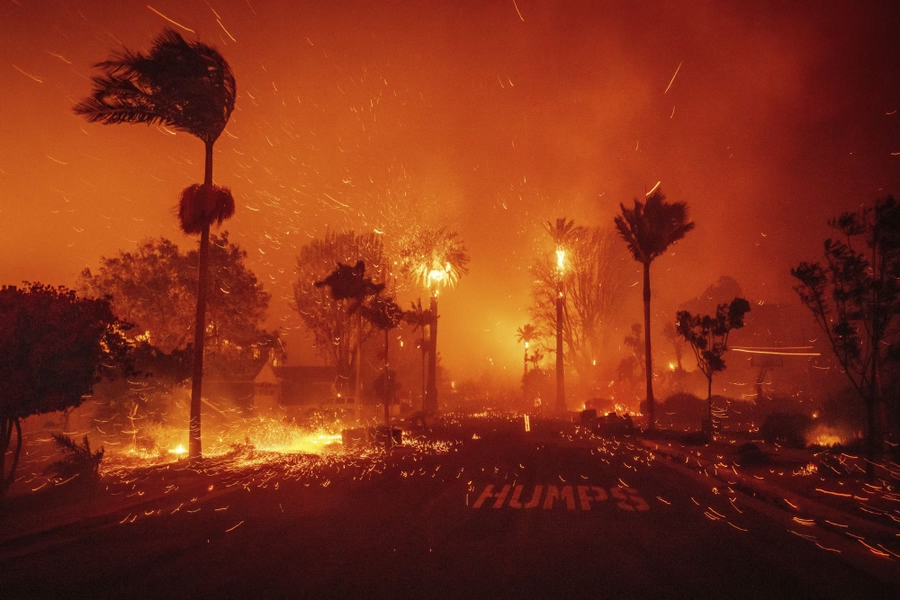
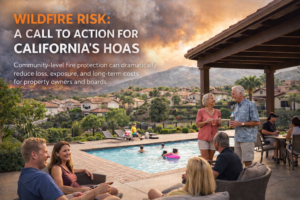
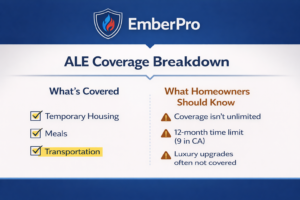
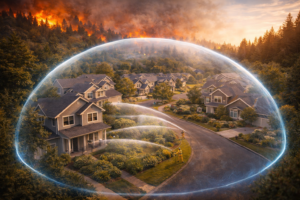
Leave a Reply